1. Strict Bedtimes Without Exceptions
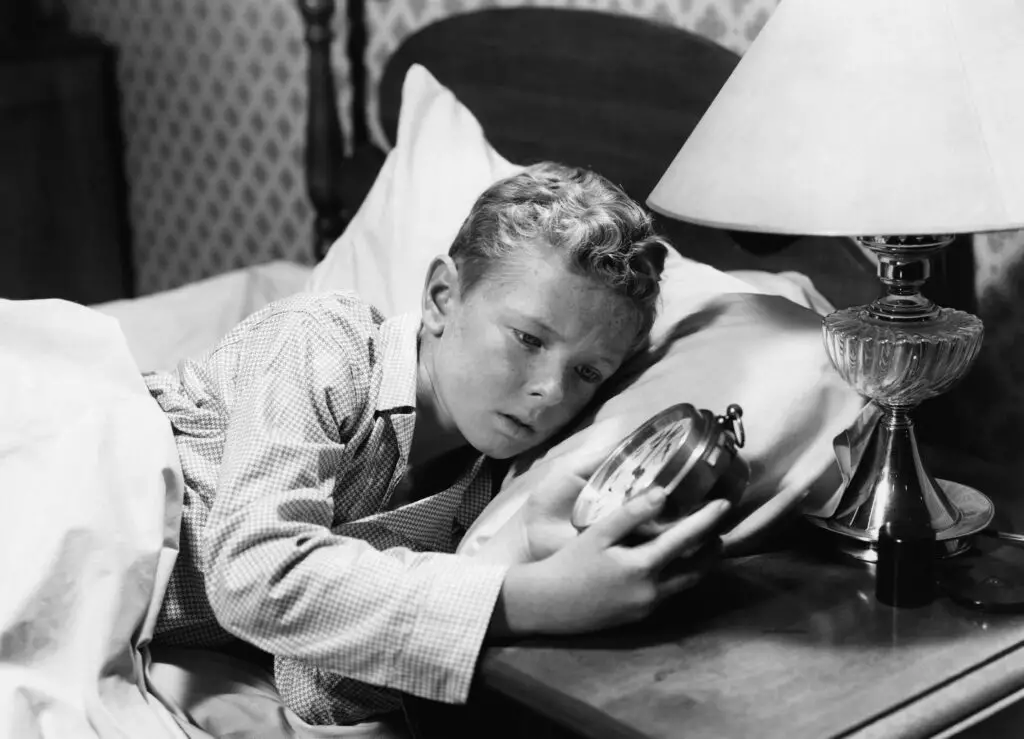
Back in the day, bedtime was non-negotiable. Kids were expected to be in bed by a specific time, no matter what. Rain or shine, birthday parties or family gatherings, once the clock struck the set hour, it was lights out. There was no wiggle room for “just five more minutes” of playtime or reading. Parents enforced this rule with military precision, and bedtime excuses were met with firm, unwavering resistance says Medium.
Imagine missing out on the excitement of staying up late for a special occasion because of an ironclad bedtime rule! While the intent was to ensure kids got enough rest, it often meant missing out on precious family moments or late-night laughter. Today, parents are more flexible, understanding that some nights call for bending the rules just a little.
2. No Dessert Until You Finish Your Plate

This classic rule was a staple in many households. The logic was simple: you had to eat all your vegetables and main course before earning the sweet reward of dessert. It was a tough pill to swallow, especially when all you wanted was that slice of pie. Parents would sit with you, watching every bite, making sure not a morsel went to waste shares Orlando Sentinel.
However, this tradition often turned mealtime into a battleground. It created unnecessary pressure around food, which experts now say can contribute to unhealthy relationships with eating. Nowadays, families tend to focus more on balanced meals without turning dessert into a hostage situation adds UMassBoston.
3. Writing Thank-You Notes for Everything

After receiving a gift or attending a social event, children were expected to write a thank-you note, and not just a quick “Thanks!” It had to be handwritten, with proper grammar, and express genuine gratitude. This rule emphasized good manners and appreciation, shaping kids into polite adults. Parents would often proofread the note, ensuring it met high standards before it was sent says HistoryPlex.
While the intention behind this tradition was noble, it sometimes felt like an overwhelming chore for kids, especially when stacked on top of schoolwork and chores. Today, a heartfelt text or email often suffices, though the spirit of gratitude is still encouraged, just in a more manageable way.
4. No Talking at the Dinner Table

Dinner was sacred, and talking during meals was often discouraged or outright banned. The family sat down, ate in silence, and only engaged in minimal conversation if allowed. This rule aimed to instill discipline and respect during mealtime, focusing on eating rather than chit-chat. Parents wanted kids to chew quietly and concentrate on their food without distractions.
Fast forward to today, and mealtime is often seen as a key opportunity for family bonding. Encouraging conversation over dinner helps families stay connected, share their day, and support each other. The silence of the past seems a bit too strict compared to the lively dinner discussions many families enjoy now.
5. Strict Gender Roles in Chores

Households often divided chores by gender: boys did the yard work, took out the trash, or handled repairs, while girls cleaned, cooked, and took care of younger siblings. These roles were rarely questioned and were seen as a way to prepare children for their “future roles” as men and women. Parents enforced these chores rigidly, reinforcing the idea that certain tasks were simply “not for you.”
Today’s families have shifted toward a more egalitarian approach. Chores are distributed based on ability and interest rather than gender, allowing kids to learn a wide range of skills. This change has opened up possibilities for both boys and girls to pursue interests and careers that once might have been considered off-limits.
6. No Watching TV on School Nights
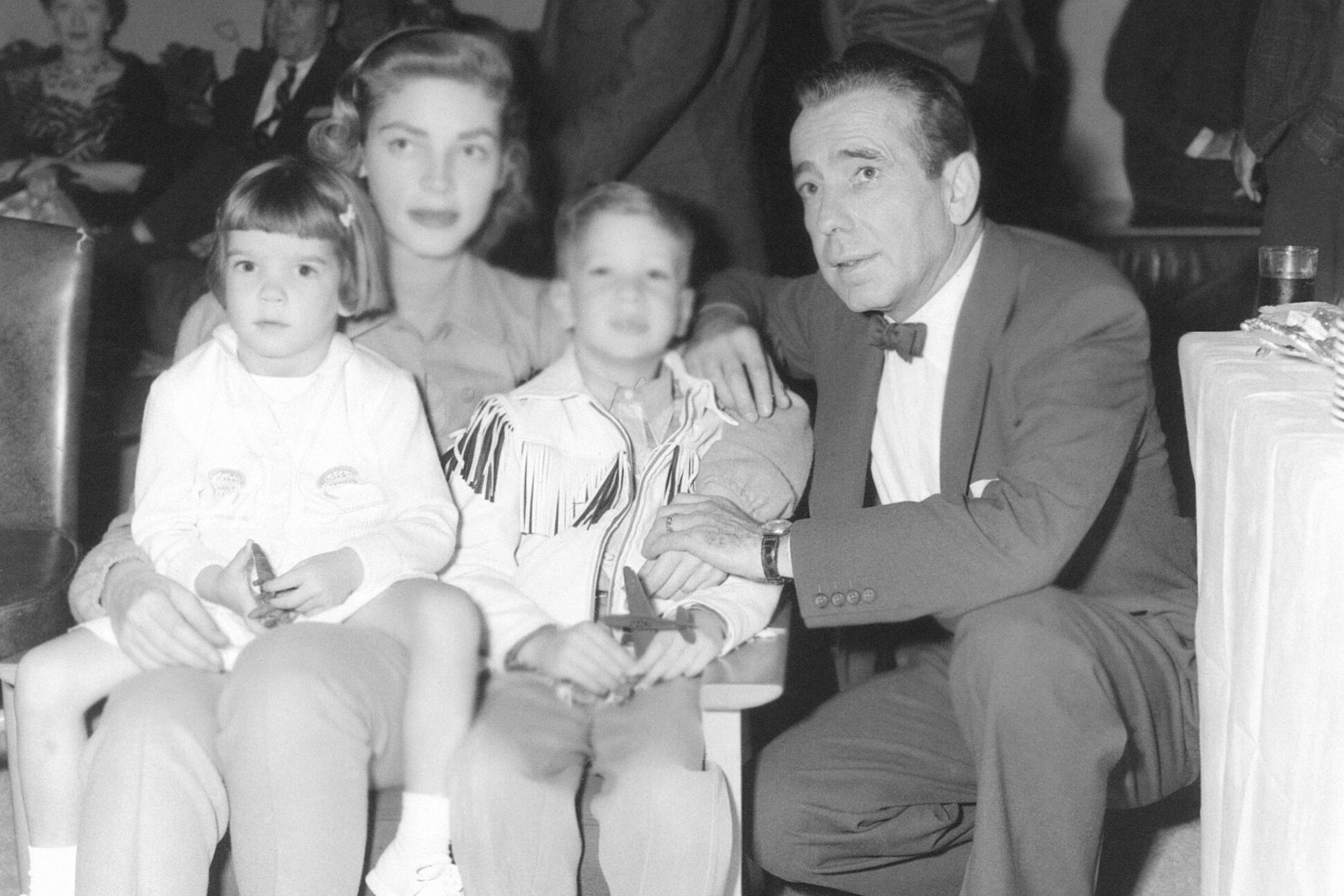
Television was viewed as a dangerous distraction from education, so watching TV on school nights was typically forbidden. Parents set strict rules: no TV during weekdays, period. After all, homework and reading were the priorities, and screens were considered detrimental to academic performance. Kids often pleaded for just one episode of their favorite show but were met with a firm “no.”
Today, the landscape is quite different. While parents still monitor screen time, many allow educational programs or limited TV watching on school nights. The approach is more about balance, recognizing that television, when used wisely, can be both entertaining and educational without derailing a child’s responsibilities.
7. Mandatory Religious Observance
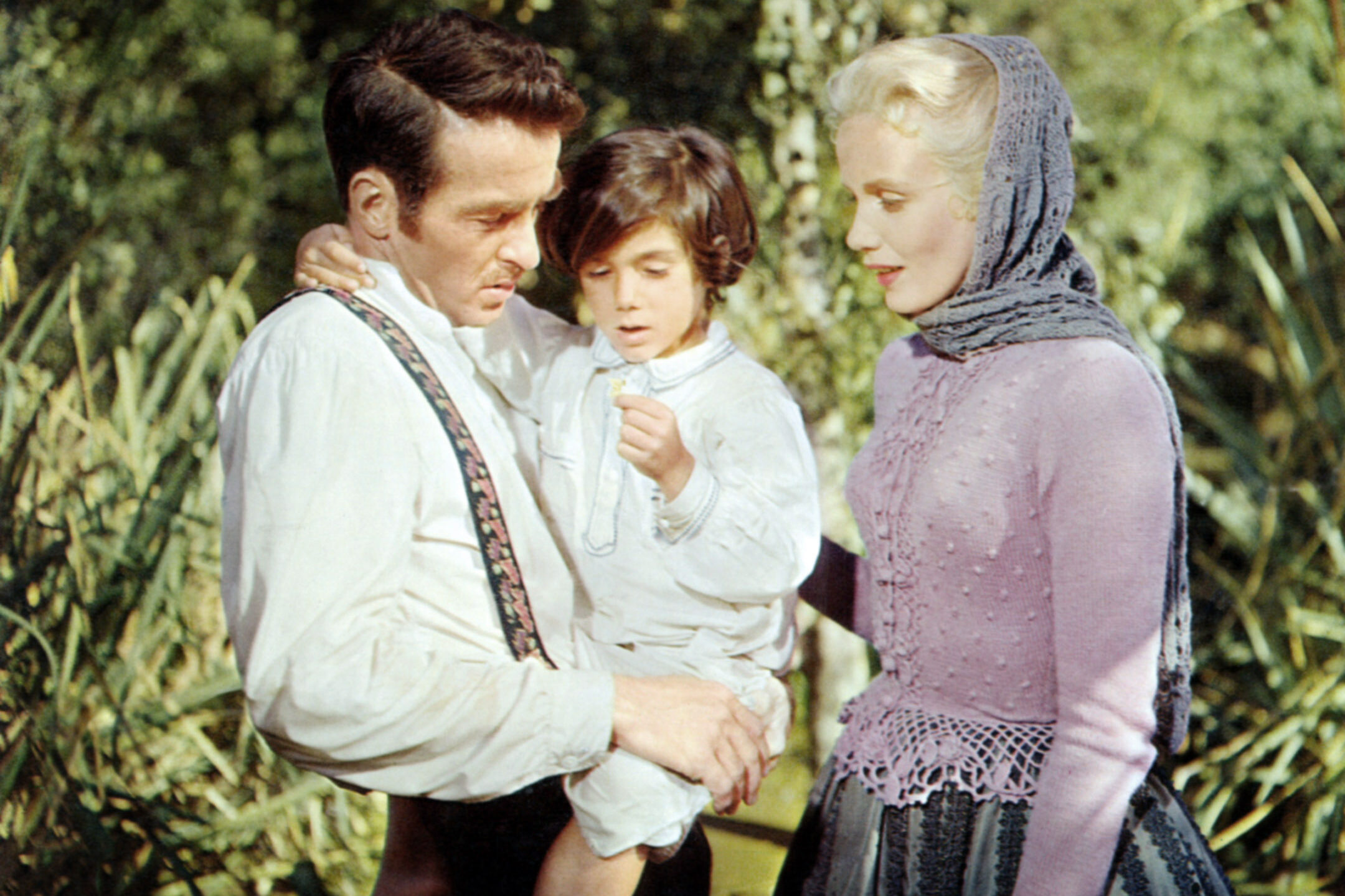
For families with strong religious ties, attending weekly services was non-negotiable. Children were expected to dress in their best, behave impeccably, and participate fully in religious practices. Missing a service was often seen as a significant moral failing, and parents enforced this rule strictly, emphasizing the importance of faith and community involvement.
In modern households, religious observance is often more flexible. Many families respect individual choices, allowing kids to explore their beliefs at their own pace. While faith remains a cornerstone for many, the rigid enforcement of attendance has softened, fostering personal belief rather than obligation.
8. No Shoes in the House—Ever
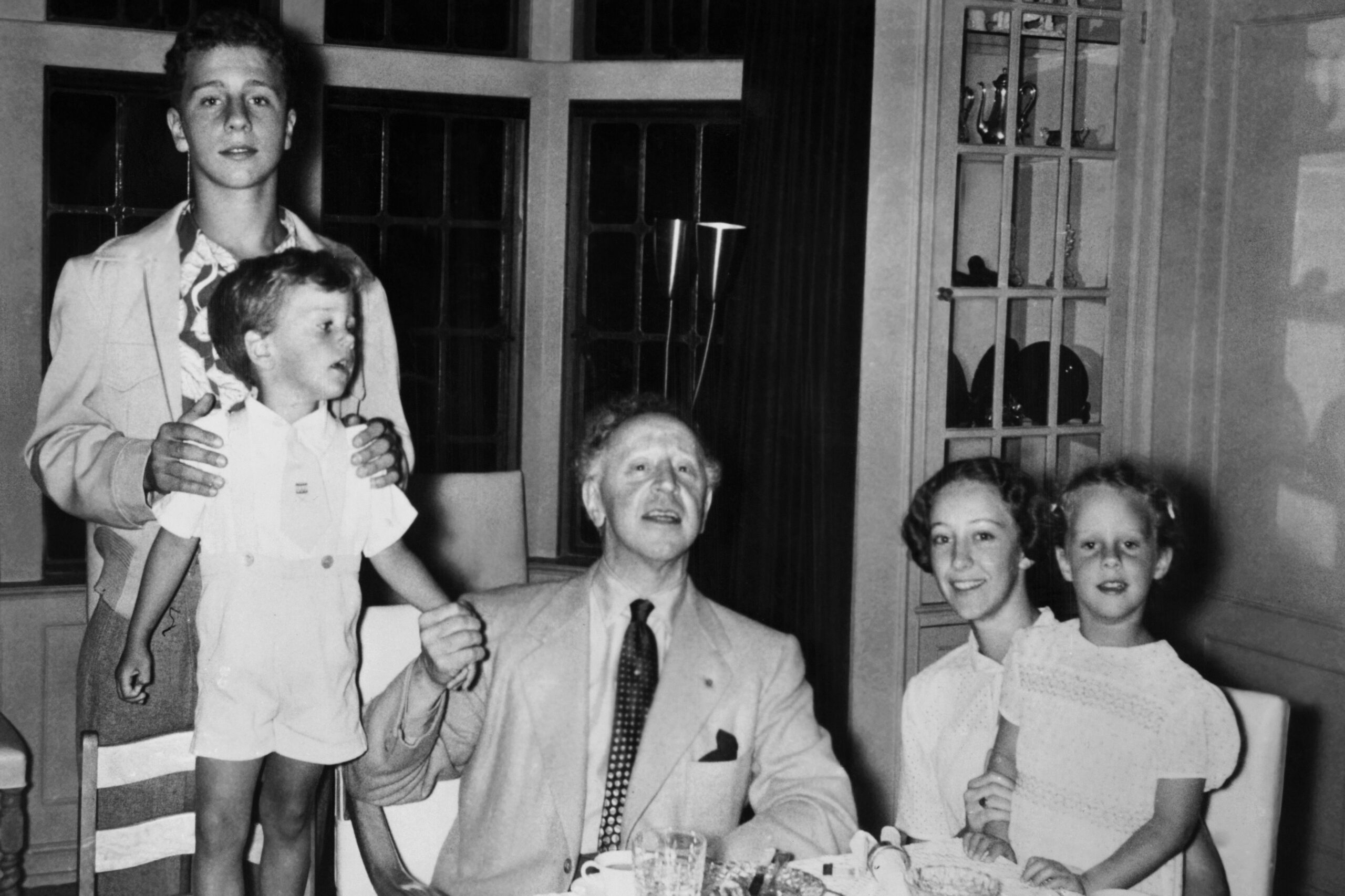
The “no shoes indoors” rule was about maintaining cleanliness and respecting the home. Visitors and family members alike were expected to remove their shoes at the door, a rule enforced with an almost religious fervor. Parents would often keep a stash of slippers for guests and remind kids of the rule multiple times before entering the house.
Today, this tradition varies by household. Some families keep it strictly enforced, while others are more lenient, allowing shoes indoors during winter or when in a rush. The rule’s intent remains—to keep homes clean—but most families have found a middle ground that suits their lifestyle.
9. Using Formal Titles for Adults
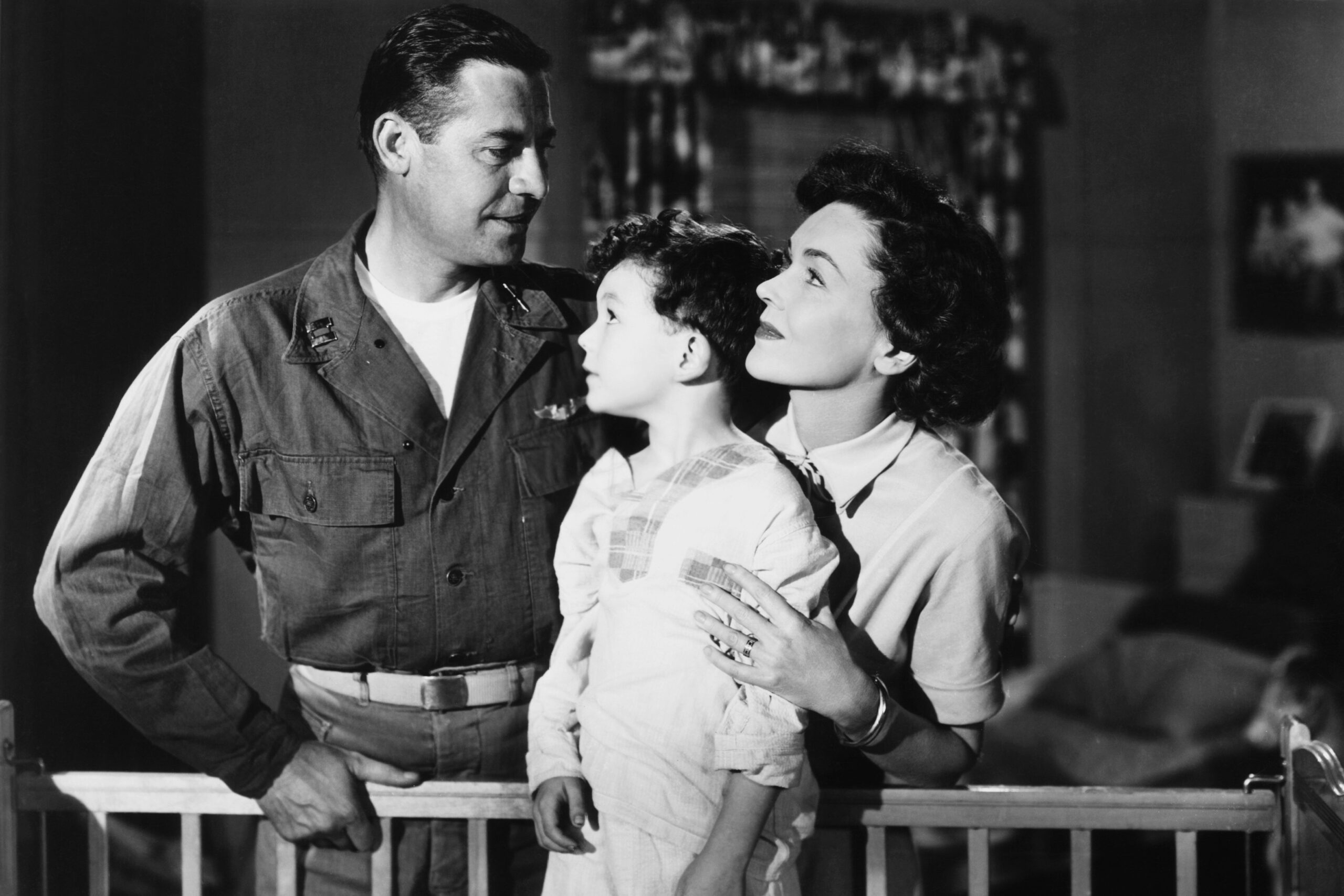
Children were required to address all adults as “Mr.,” “Mrs.,” or “Miss,” followed by the last name, regardless of how well they knew them. This rule was about showing respect and maintaining social decorum. Parents drilled this etiquette into kids from an early age, correcting them immediately if they slipped up.
Nowadays, while respect for elders is still taught, the formality of titles has relaxed significantly. Many adults prefer being called by their first names, and the shift towards a more casual social interaction style has made this tradition less prevalent. The essence of respect is preserved but expressed in a more relaxed manner.
10. No Dating Before 18
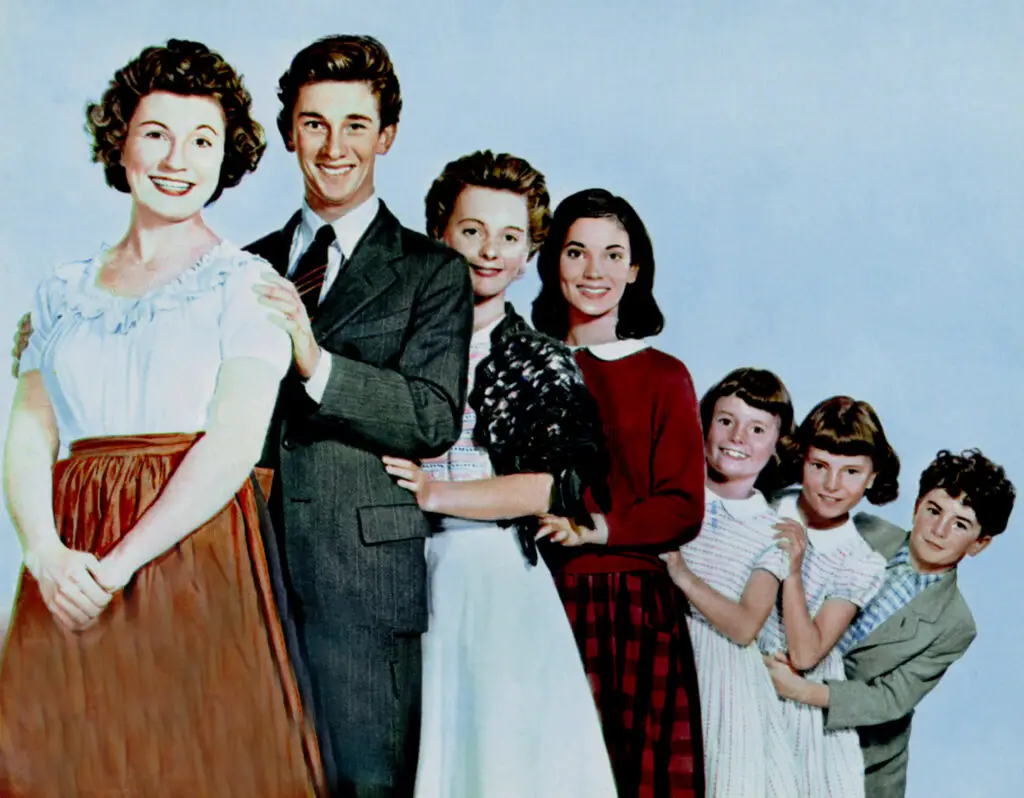
Dating was a strict no-go until adulthood. Parents viewed teenage relationships as distractions from schoolwork and personal growth. Rules varied but were generally uncompromising—no dating until after high school, and often, parents monitored friendships closely. Any signs of a budding romance were quickly nipped in the bud.
Today, dating rules vary widely. Many parents encourage open communication about relationships, focusing on teaching kids about healthy boundaries and respect rather than outright prohibition. This shift reflects broader societal changes in how we view teenage independence and social interaction.
11. Chores Before Playtime
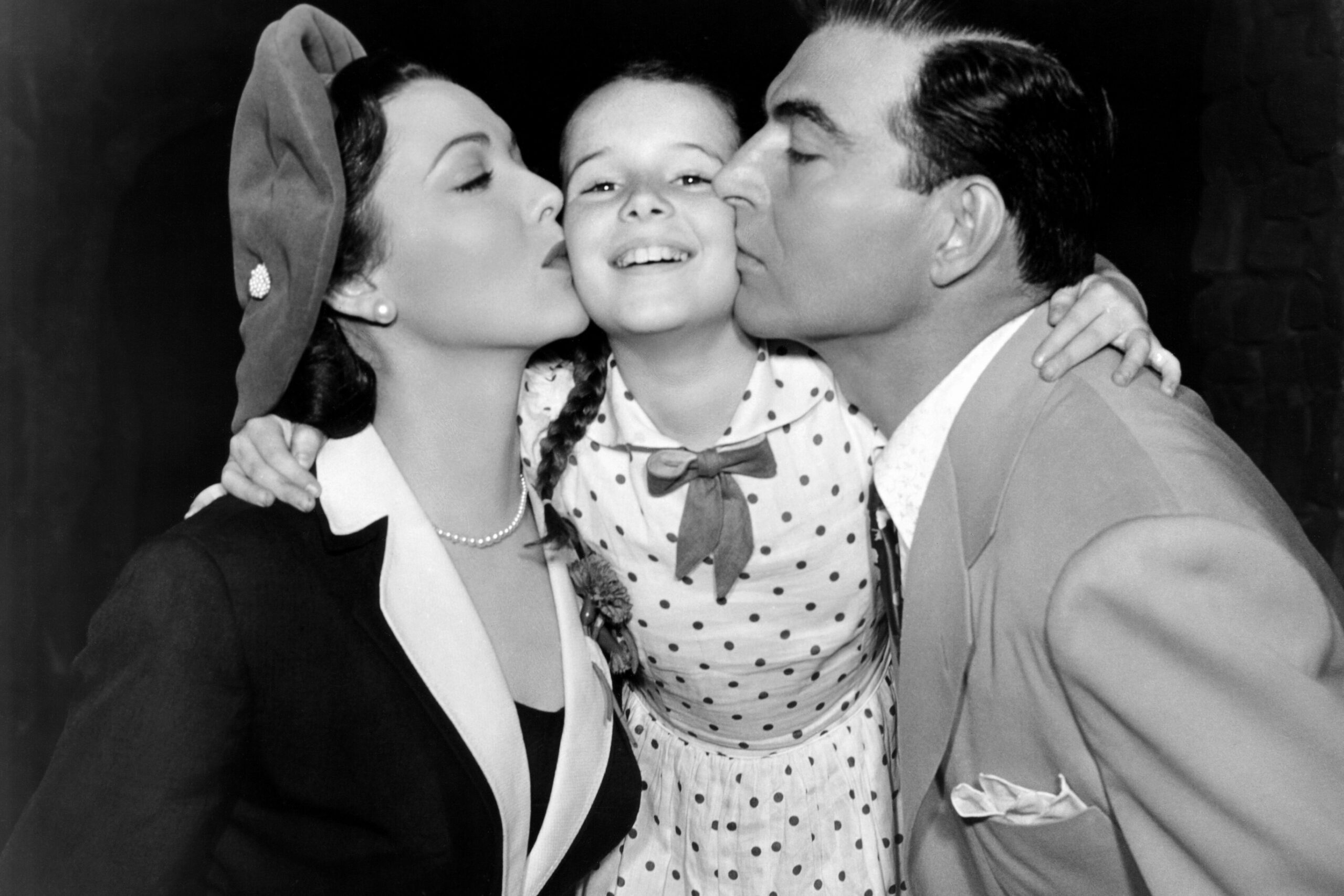
Play was a reward, not a right. Kids had to complete all assigned chores—whether it was cleaning their rooms, doing laundry, or mowing the lawn—before they could think about recess or free play. Parents used this rule to instill a strong work ethic and the value of responsibility. Kids often resented this rule, especially when friends were outside playing.
Modern parenting tends to balance responsibilities with play more effectively. While chores are still part of the routine, many families recognize the importance of unstructured play for a child’s development. This shift helps kids manage responsibilities without sacrificing the joy of childhood.
12. Public Displays of Affection Were Taboo
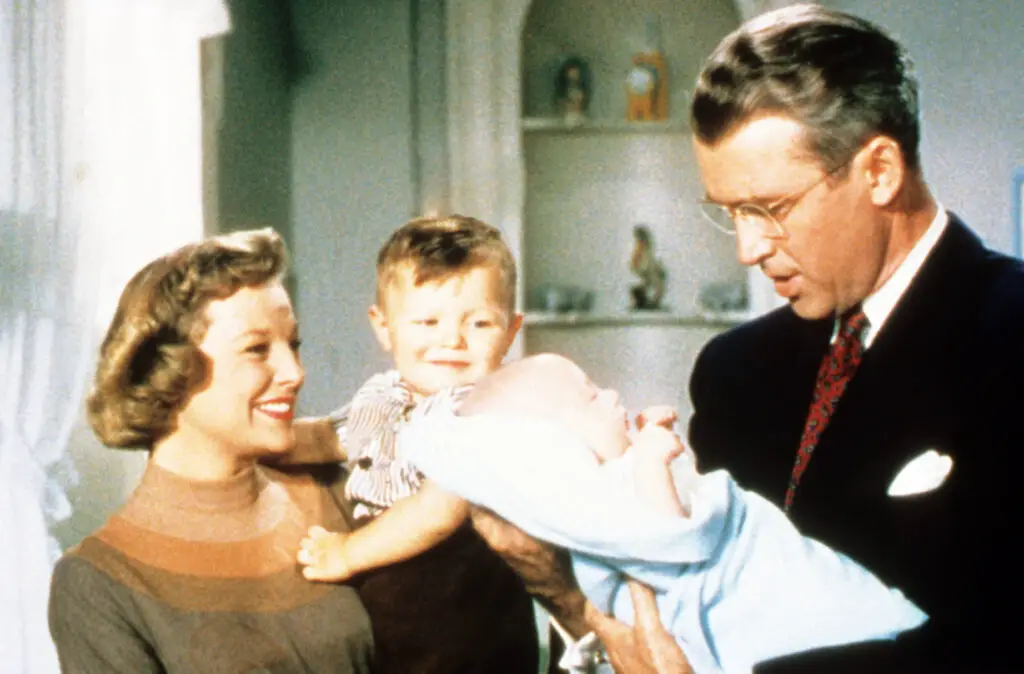
Expressing affection openly, even between parents and children, was often frowned upon. Hugs, kisses, and verbal affirmations were kept private or minimized to avoid public embarrassment. Parents taught kids that love was shown through actions, not hugs or “I love yous,” which were reserved for very private moments.
Contemporary families are much more comfortable with public displays of affection. Hugs, kisses, and expressions of love are seen as essential for emotional well-being, helping children feel secure and loved openly. This change reflects a broader acceptance of emotional expression in society.
